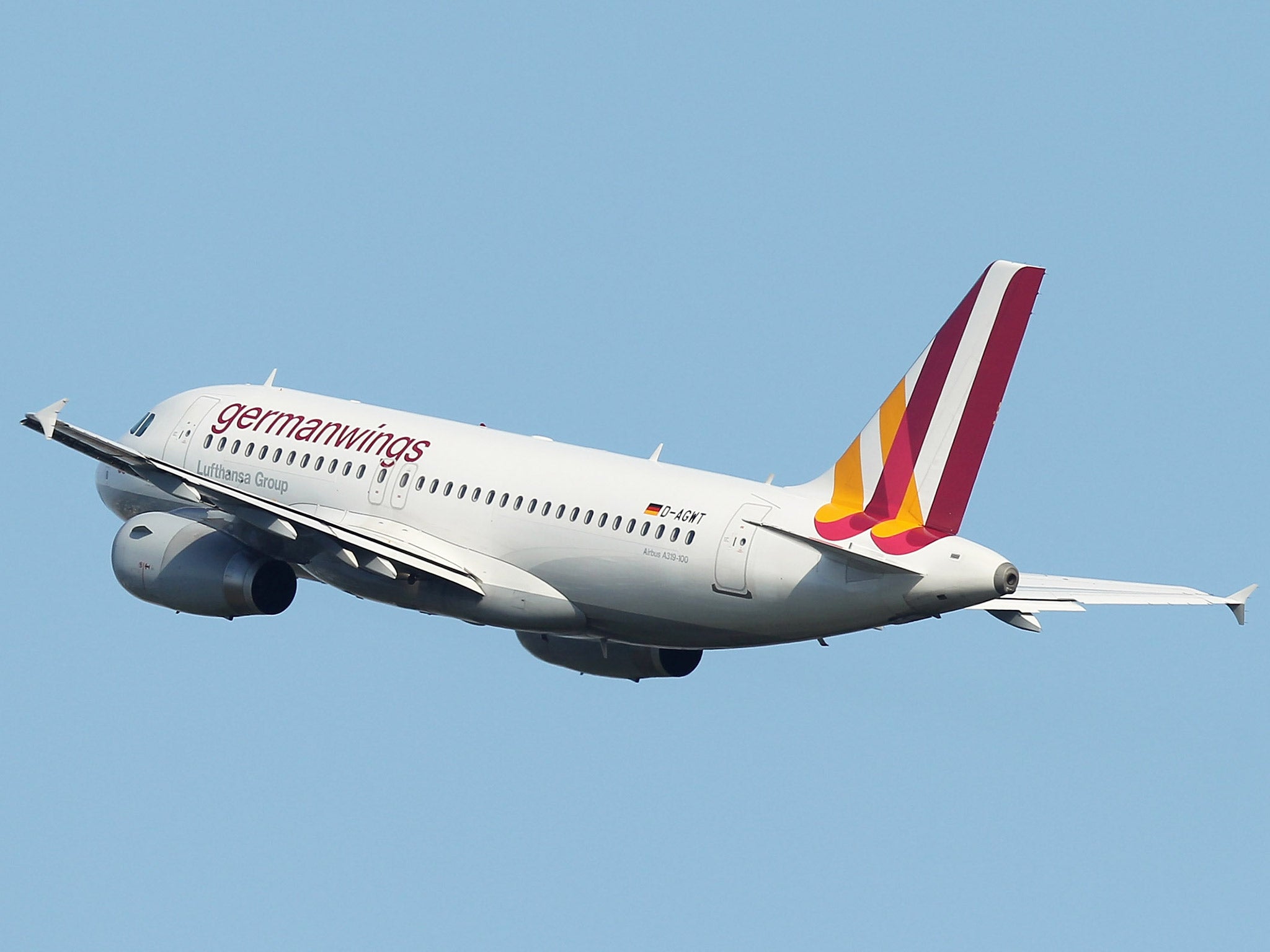Germanwings crash: What is rapid decompression actually like?
“When it happens you literally feel like the back of the aircraft has exploded"

Your support helps us to tell the story
From reproductive rights to climate change to Big Tech, The Independent is on the ground when the story is developing. Whether it's investigating the financials of Elon Musk's pro-Trump PAC or producing our latest documentary, 'The A Word', which shines a light on the American women fighting for reproductive rights, we know how important it is to parse out the facts from the messaging.
At such a critical moment in US history, we need reporters on the ground. Your donation allows us to keep sending journalists to speak to both sides of the story.
The Independent is trusted by Americans across the entire political spectrum. And unlike many other quality news outlets, we choose not to lock Americans out of our reporting and analysis with paywalls. We believe quality journalism should be available to everyone, paid for by those who can afford it.
Your support makes all the difference.Rapid decompression of an aircraft is a most terrifying experience – and one that could possibly explain what happened to Flight U49525.
The A320 aircraft descended for eight minutes from its cruising altitude without any indication from the pilots that anything was wrong, a fate that David Learmount, operations and safety editor of Flightglobal, described as “weird”.
But one possible explanation is the sheer violence and terror caused when the cabin suddenly loses pressure.
A user of the PPRuNe aviation forum, called Superpilot, described what happens based on an account of a captain who had experienced - and survived - just such an event.
“When it happens you literally feel like the back of the aircraft has exploded. Your tongue is swallowed by your throat in a second, your ears begin to hurt and teeth become a hundred times more sensitive,” he wrote.
“If you already have an ear infection or a bad filling, you're likely to pass out as a result of the instant pain. None of these can be simulated in a sim or be trained for.
“On top of that, the cockpit fills with a cold mist that freezes the skin. All of these aspects make it incredibly difficult to recognise and reach out for the oxygen mask and autopilot controls.
“Stressing or moving about rapidly to find/don the oxygen mask chews into the time of useful consciousness.”
Planes are pressurised because humans cannot survive in the thin air of the optimum cruising altitude for airliners.
What could have caused the decompression remains speculation at this stage. The plane apparently hit the ground in one piece and there is no suggestion that a bomb was involved.
But what is clear is that part of the safety drill, when passengers are told to “pull the mask towards you to start the flow of oxygen”, does not describe a simple procedure and it is one you should hope never to have to experience for real.
Join our commenting forum
Join thought-provoking conversations, follow other Independent readers and see their replies
Comments